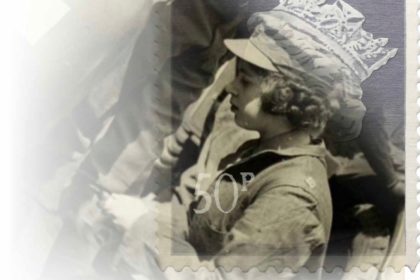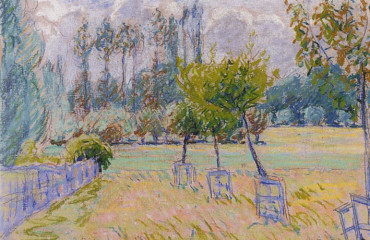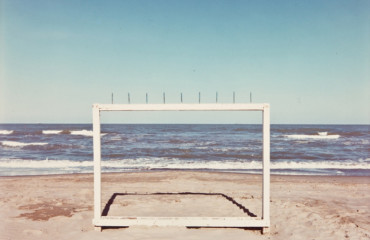
by Andrea Di Betta
“To be, or not to be that is the question/ whether ‘tis nobler in the mind to suffer/ the slings and arrows of outrageous fortune/ or to take arms against a sea of troubles, and by opposing end them.” From the beginning of the seventeenth century this dilemma, forged by William Shakespeare, is the form of doubt that every human being has asked themselves on their path, during their History. Europe was at war: first Scotland and then the Flanders were the scene of the clash of all the dynasties and their bloodlines of the Old Continent.
Twelve years before the Bard, on August 9, 1588, in Tilbury, Elizabeth I pronounced the Destiny of a Queen: “I know I have the body of a weak, feeble woman; but I have the heart and stomach of a king, and of a king of England too, and think foul scorn that Parma or Spain, or any prince of Europe, should dare to invade the borders of my realm; to which rather than any dishonour shall grow by me, I myself will take up arms, I myself will be your general, judge, and rewarder of every one of your virtues in the field.” These words overcome almost four centuries and become the steps in a Queen’s education.
In 1938, the Iberian Peninsula was consumed by a new religion war (laic) and slowly dried up the Countries across the Channel, making them combustible fit for a new fire. England was preparing to lay its men in the furnace of “peace”, discovering a wide range of civilian life, and thus the heir of the Women’s Auxiliary Army Corps (WAAC), the Auxiliary Territorial Service was funded.
The acronym already tells a new gender parity, the result of women’s engagement during the First World War: women who had picked up trucks steering wheels, handgrips in factories, and civil protection services got, strong of their war effort and subsequent civil campaigns, the same rights of men. And a daughter of England, a woman with a destiny already marked in the blood, could only accept her inheritance and enlist herself in those auxiliary territorial services where she became a mechanic, an ambulance driver. Or a truck driver.
The end of World War II saw her wearing simply her ID number, 230873, but the woman we are talking about is Elizabeth Alexandra Mary, Queen of the United Kingdom of Great Britain and Northern Ireland and a dozen States in the world, the head of Commowealth and of the Church of England and who, of that Elisabeth I, deliberately chose the name.
Cover: Elizabeth II at work at the Auxiliary Territorial Service and the 50 pence English stamp, graphic processing by Andrea Di Betta
 English
English  Italiano
Italiano 


